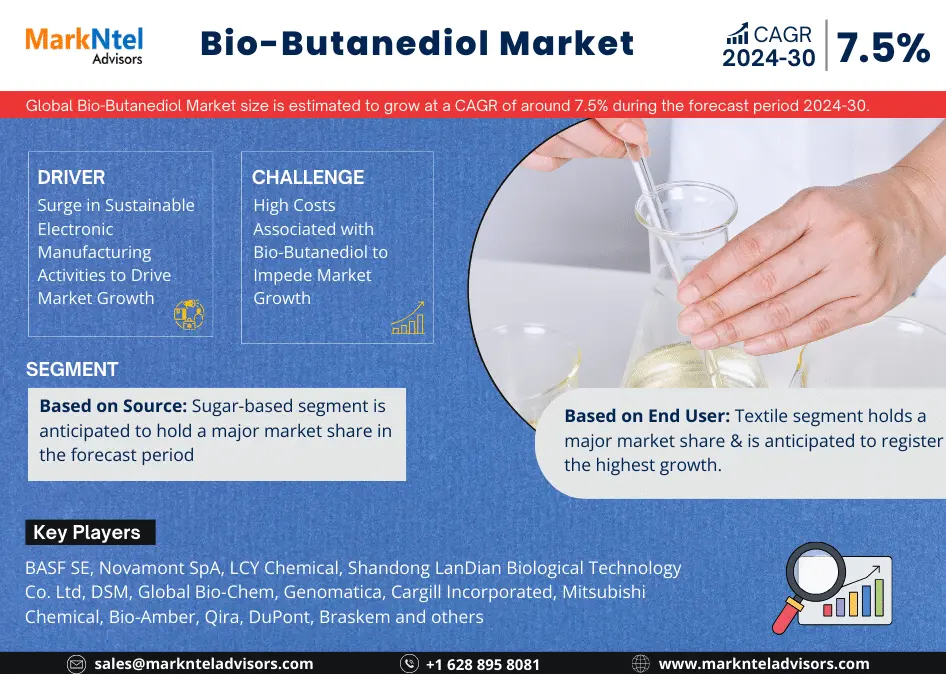Alloy wheels have become an essential feature in the automotive world, offering a blend of aesthetics and performance that standard steel wheels simply can’t match. Their popularity stems from their lightweight properties, which contribute to improved handling, fuel efficiency, and a sportier appearance. However, the very aspects that make alloy wheels desirable—such as their material composition and eye-catching finishes—also make them susceptible to damage. Over time, factors like curb scrapes, corrosion, and general wear can leave alloy wheels looking worn and tired. This is where alloy wheel refurbishment comes into play. In this extensive guide, we will delve into every aspect of alloy wheel refurbishment, from the benefits and process to cost considerations and tips for maintaining your refurbished wheels.
What is Alloy Wheel Refurbishment?
Alloy wheel refurbishment is the process of restoring damaged, scratched, or aged alloy wheels to their original condition—or sometimes even better. Unlike a simple wheel repair, which may only address a specific issue such as a scratch or dent, refurbishment typically involves a comprehensive treatment that rejuvenates the entire wheel. This process can include a range of techniques, such as stripping old paint, repairing damage, applying new coatings, and finishing with a protective layer. The end result is a set of wheels that not only look brand new but are also better protected against future damage.
The Importance of Alloy Wheels
Before diving into the refurbishment process, it’s important to understand why alloy wheels are so prized. Alloy wheels are typically made from a blend of aluminum and other metals, which makes them lighter than traditional steel wheels. This reduction in weight can have several benefits for a vehicle, including improved acceleration, better braking performance, and increased fuel efficiency. Additionally, the reduced unsprung weight (the weight of components not supported by the suspension) enhances handling, allowing for more precise control of the vehicle.
Aesthetically, alloy wheels offer a wide range of design possibilities that appeal to car enthusiasts. From sleek, minimalist designs to intricate, sporty patterns, alloy wheels can dramatically enhance the look of a vehicle. However, their aesthetic appeal also means that any damage to the wheels can be highly noticeable, which is why keeping them in good condition is essential.
Common Types of Alloy Wheel Damage
Alloy wheels, while durable, are not immune to damage. Some of the most common types of damage that can affect alloy wheels include:
- Curb Scrapes: Perhaps the most common type of damage, curb scrapes occur when the wheel makes contact with a curb or other hard surface. This can result in scratches, scuffs, or even chunks of the alloy being gouged out.
- Corrosion: Alloy wheels are prone to corrosion, especially in harsh weather conditions or if the protective coating has worn off. Corrosion can cause the wheel’s finish to degrade, leading to unsightly blemishes and weakening the wheel’s structural integrity.
- Oxidation: When the protective coating on alloy wheels wears away, the metal underneath can oxidize, leading to discoloration and a dull appearance. Oxidation is often more of an aesthetic issue, but it can also make the wheels more susceptible to further damage.
- Bent Wheels: Potholes, speed bumps, and other road hazards can cause alloy wheels to bend. A bent wheel can lead to vibration while driving, reduced tire life, and even alignment issues.
- Paint or Coating Damage: Over time, the paint or coating on alloy wheels can chip or fade, especially if exposed to harsh chemicals, brake dust, or road salt. This not only affects the appearance of the wheels but also leaves them more vulnerable to corrosion.
The Alloy Wheel Refurbishment Process
The process of refurbishing alloy wheels can vary depending on the extent of the damage and the desired outcome. However, most professional refurbishment services follow a similar multi-step process designed to restore the wheels to their former glory. Here’s a detailed look at each step:
1. Inspection and Assessment
The refurbishment process begins with a thorough inspection of the alloy wheels. This step is crucial as it helps the technician assess the level of damage and determine the best course of action. The wheels are checked for scratches, dents, corrosion, and any structural issues such as cracks or bends. In some cases, the technician may need to remove the tires to get a better view of the wheel’s condition.
2. Wheel Preparation
Once the assessment is complete, the wheels are prepared for refurbishment. This typically involves removing any old paint or coatings. A chemical stripping process is often used to remove the old layers without damaging the alloy beneath. This step is important because it ensures that the new coatings will adhere properly to the wheel surface.
3. Repairing Damage
After the old paint and coatings are removed, any damage to the wheel is repaired. For curb scrapes and scratches, the technician may use specialized fillers to smooth out the surface. Bent wheels can often be straightened using hydraulic presses or other tools designed to apply controlled pressure. If the wheel has suffered from corrosion or oxidation, these areas are carefully cleaned and treated to prevent further deterioration.
4. Sanding and Smoothing
Once the repairs are complete, the wheels are sanded to create a smooth surface. This step is essential for achieving a high-quality finish, as any imperfections in the surface will be visible once the new paint or coating is applied. Depending on the level of damage, the technician may use different grades of sandpaper, starting with a coarse grit to remove rough areas and finishing with a fine grit for a smooth, even surface.
5. Painting or Powder Coating
With the wheels fully prepped, the next step is to apply a fresh coat of paint or powder coating. The choice between painting and powder coating depends on the desired finish and durability. Painting allows for a wider range of colors and finishes, including metallic and pearlescent effects. Powder coating, on the other hand, is known for its durability and resistance to chipping, scratching, and corrosion. The wheels are coated in layers, with each layer being cured or baked to ensure a strong, even finish.
6. Polishing and Finishing
After the paint or powder coating has been applied and cured, the wheels are polished to achieve a high-gloss finish. Polishing not only enhances the appearance of the wheels but also provides an additional layer of protection against the elements. In some cases, a clear lacquer or sealant is applied as a final protective layer, helping to maintain the wheels’ new appearance for longer.
7. Quality Check and Reinstallation
The final step in the refurbishment process is a thorough quality check. The technician inspects the wheels for any imperfections in the finish and ensures that all repairs have been completed to a high standard. Once the wheels pass the quality check, they are reinstalled on the vehicle, ready to hit the road looking as good as new.
The Benefits of Alloy Wheel Refurbishment
Refurbishing alloy wheels offers a multitude of benefits, making it a worthwhile investment for many vehicle owners. Here are some of the key advantages:
1. Enhanced Aesthetics
The most immediate benefit of alloy wheel refurbishment is the dramatic improvement in appearance. Refurbished wheels can transform the look of your vehicle, making it appear more polished and well-maintained. Whether you’re looking to restore your wheels to their original factory condition or customize them with a new color or finish, refurbishment can help you achieve the look you want.
2. Increased Resale Value
A vehicle with well-maintained alloy wheels is likely to attract more potential buyers and command a higher resale price. Damaged or corroded wheels can detract from the overall appearance of a car, making it less appealing to buyers. By refurbishing your alloy wheels before selling your car, you can enhance its market value and make it more attractive to prospective buyers.
3. Cost Savings
Refurbishing your alloy wheels is often more cost-effective than replacing them entirely. While the cost of refurbishment can vary depending on the level of damage and the type of finish desired, it is generally much cheaper than buying a new set of alloy wheels. Additionally, regular refurbishment can extend the life of your wheels, reducing the need for expensive replacements in the future.
4. Improved Performance
Damaged wheels can negatively impact your vehicle’s performance, particularly if the damage is severe enough to affect the wheel’s balance or alignment. Refurbishment can restore the structural integrity of the wheels, ensuring that they perform as intended. This can lead to a smoother, safer ride, as well as improved handling and fuel efficiency.
5. Environmental Benefits
By refurbishing your alloy wheels instead of replacing them, you’re also making an environmentally friendly choice. Manufacturing new wheels requires significant energy and resources, and discarded wheels often end up in landfills. Refurbishment reduces waste and conserves resources, making it a more sustainable option.
How Much Does Alloy Wheel Refurbishment Cost?
The cost of alloy wheel refurbishment can vary widely depending on several factors, including the size of the wheels, the extent of the damage, and the type of finish you choose. On average, you can expect to pay between $75 and $150 per wheel for standard refurbishment. However, prices can be higher for more complex jobs, such as wheels with significant damage or those requiring a custom finish.
Here are some factors that can influence the cost of alloy wheel refurbishment:
- Wheel Size: Larger wheels typically cost more to refurbish due to the increased amount of material and labor required.
- Type of Damage: Wheels with extensive damage, such as deep scratches, corrosion, or bent rims, may require more time and effort to repair, leading to higher costs.
- Finish Type: Custom finishes, such as metallic or pearlescent paint, can add to the overall cost of refurbishment. Powder coating is also generally more expensive than standard




